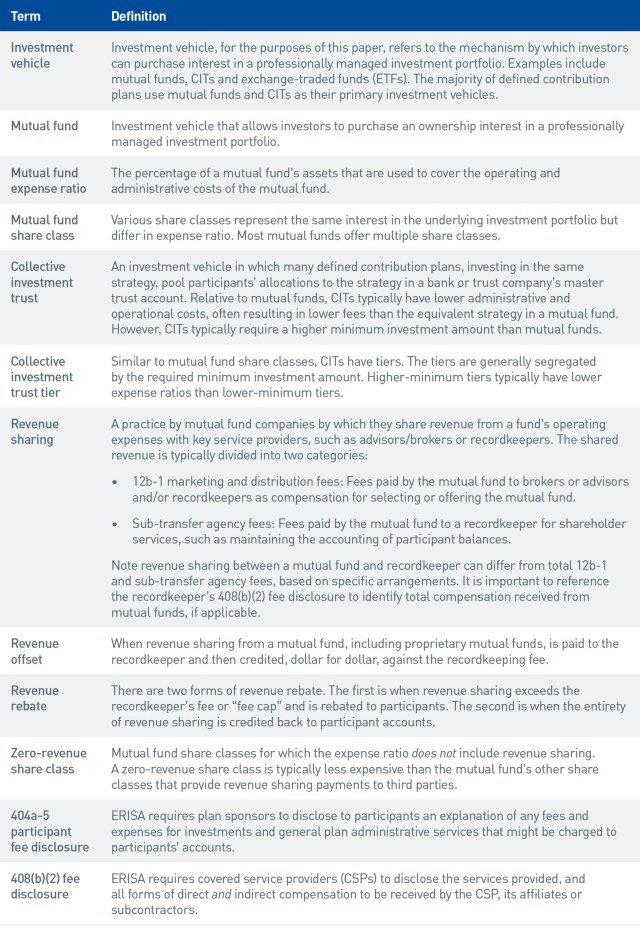What’s the Winning Ingredient in M&A? The Answer Lies in Due Diligence
Mergers and acquisitions (M&A) are no longer just about sealing the deal — they’re about unlocking real, long-term value. Yet, with 70% to 90% of M&A deals failing, a flawed due diligence process is often to blame. In today’s evolving market, firms must move beyond risk assessment and embrace value-driven due diligence — a holistic approach that evaluates not just financials, but operational resilience, technological capabilities, and cultural fit. According to the latest data published by PitchBook, global M&A activity experienced strong growth in 2024, driven by more favorable macroeconomic conditions and stabilizing valuations. In North America, deal value exceeded $2 trillion across 17,509 deals, reflecting a 16.4% year-over-year (YoY) increase in value and a 9.8% rise in deal count. Although the market has slowed, corporate firms continue forging ahead with strategic acquisitions, owing this resilience to a lesser reliance on debt income. Whether corporate- or private equity (PE)-driven, successful M&A hinges on one thing: An accurate valuation arrived at through a strong due diligence process that uncovers detailed insights into a target company’s strengths, weaknesses, and growth potential. This process has expanded far beyond traditional risk assessment to become a more comprehensive, value-driven approach that considers operational, technological, and leadership capabilities. The Shift Toward Value Creation in M&A Due Diligence Accenture’s latest research reveals a critical shift in how firms approach due diligence. Traditionally, the focus was on identifying risks and mitigating or eliminating them. Now, forward-thinking firms are using the due diligence phase to create a detailed value-creation plan that begins pre-deal and extends well into post-deal integration. Accenture’s research proves this shift is essential, as 83% of private equity leaders believe their current due diligence practices need substantial improvement, particularly in how they align with broader investment ideas. Holistic M&A due diligence helps firms evaluate more than just financials—it includes reviewing operational capabilities, assessing leadership top-down, and analyzing the present and near-future technology landscape. For instance, generative AI and predictive analytics offer increased speed to this process so firms can uncover deeper insights in less time. How Comprehensive Due Diligence Mitigates Risks in M&A Transactions Comprehensive due diligence in M&A provides a snapshot of a company’s current state and a roadmap for future success. It ensures that both the purchaser and the seller fully understand the deal’s strengths, liabilities, and overall feasibility. This approach is essential, as 44% of leaders cite a lack of quality third-party data as the greatest barrier to effectively carrying out M&A due diligence. Due diligence in M&A mitigates risks by: Allowing a thorough examination of operational capabilities, tech infrastructure, and leadership preparedness, Identifying potential cultural clashes that could hinder post-deal integration, and Leveraging advanced technologies like AI and analytics to scrutinize large datasets, accelerating insights that otherwise would take months to uncover. Case Study: Implications of Over- or Undervaluing Assets It’s been proven time and again that a lack of due diligence leads to an M&A failure rate of between 70% and 90%. That’s staggering. Why don’t more blended companies make the cut? Most often, the company or brand isn’t promoted in a way that illustrates unity between the companies. Sometimes, it’s not clear why two seemingly unrelated businesses would be joining forces. Etablishing a clear and unified vision from the beginning is paramount. Not getting the transaction right can lead to significant losses of assets, personnel, and shareholders and, in some cases, even lead to bankruptcy. The Most Expensive M&A Failure in History The 2000 merger of America Online (AOL) and Time Warner, valued at $165 billion, eventually ended in separation in 2009 due to misaligned goals, cultural differences, and an overestimation of the synergies between the two companies. The AOL-Time Warner failure exemplifies the need for a deeper, more integrated approach to due diligence, including assessing financial performance and cultural, technological, and operational readiness for seamless post-deal integration. M&A Due Diligence Challenges Due diligence in M&A isn’t easy. Here are some of the most frequent challenges experienced and how they can be resolved: Challenge #1: Poor communication How to mitigate: • Define clear channels of communication. • Establish roles and correlate responsibilities. • Send frequent updates. • Encourage open dialogue. Challenge #2: Too much data How to mitigate: Use a secure data integration platform that allows stakeholders to store, share, and access relevant documents. Challenge #3: Not enough experience How to mitigate: Hire professionals with the necessary experience including financial advisors, accountants familiar with corporate accounting and taxation, and solid M&A lawyers. Challenge #4: Not knowing what you don’t know How to mitigate: Establish a due diligence checklist for a structured approach and reminders to maintain close oversight. Challenge #5: Not enough time/Short deadlines How to mitigate: Ensure tasks are prioritized, resources are allocated efficiently, and timelines are established that are realistic. Challenge #6: Differences in cultural norms and approaches How to mitigate: Undertake culture assessments as early as possible. This due diligence creates open lines of communication and helps all parties develop ways to bridge gaps and promote alignment. Leveraging Technology in Due Diligence As Accenture emphasizes, technology is reshaping the due diligence landscape. Generative AI and machine learning allow firms to: • Automate routine tasks like document gathering and analysis, • Accelerate data processing, reducing the time spent on manual due diligence by up to 30%, • Provide deeper insights into financial performance, operational risks, and leadership capabilities, and • Continuously monitor market conditions and update diligence processes in real-time, ensuring firms remain agile in today’s fast-paced deal environments. PE firms that adopt these technologies can screen more deals, extract better insights, and ultimately make smarter investment decisions. Accenture’s survey found that 62% of PE leaders expect generative AI to transform their deal processes, and many are already increasing their investments in AI solutions. The Future of M&A Is Due Diligence The days of due diligence as a box-checking exercise are over. Today’s M&A landscape requires a more holistic, value-focused approach, where technology plays a critical role in uncovering insights and driving post-deal success. Firms embracing this evolution — leveraging AI, integrating comprehensive data sources, and aligning leadership strategies — will be better positioned to maximize value and minimize risks. Accurate and reliable
What’s the Winning Ingredient in M&A? The Answer Lies in Due Diligence Read More »












